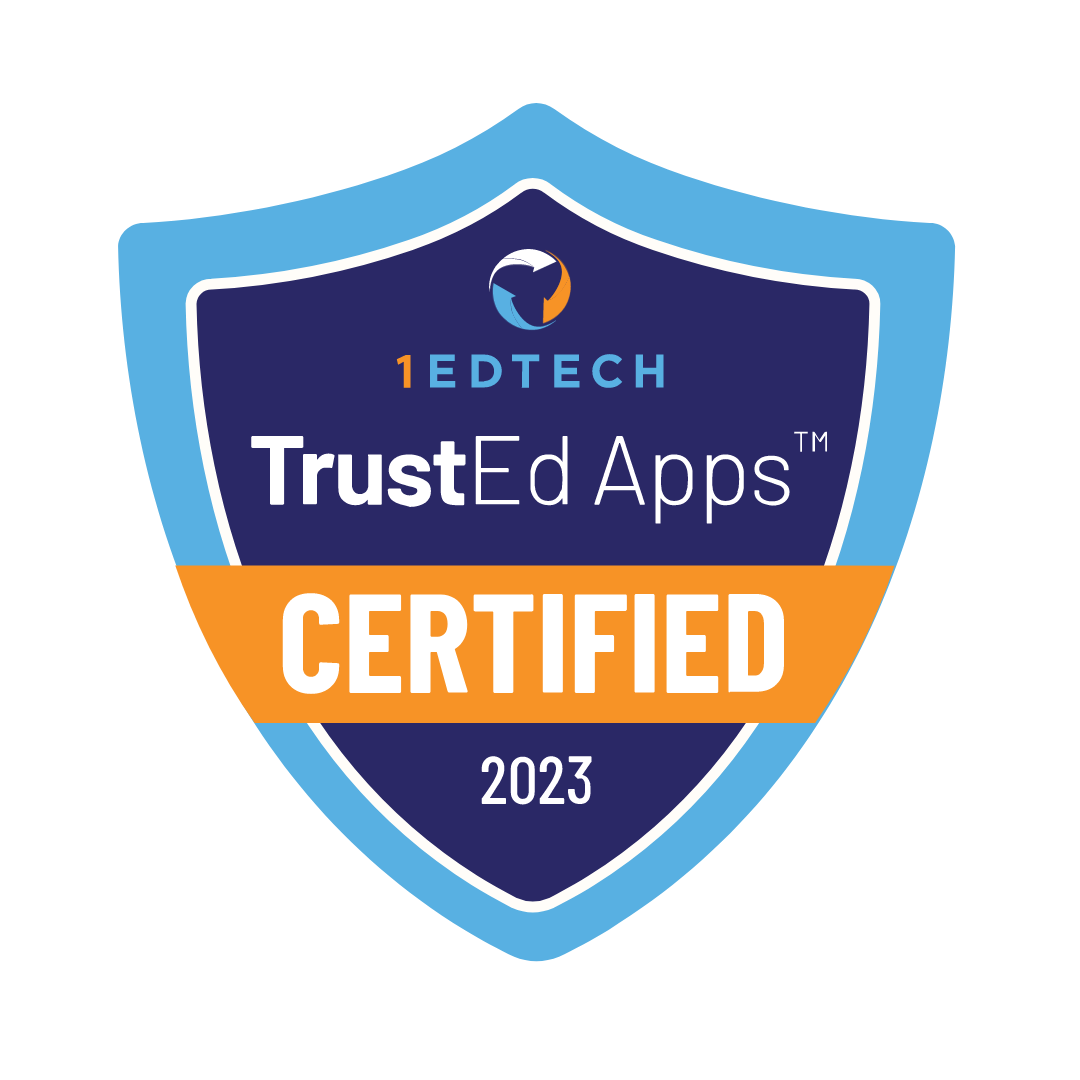Contents
5.4 percent of the United States households with school-aged children reported at least one child homeschooled in 2020, according to the U.S. Census Bureau. COVID-19 led to a reevaluation of how children learn and people work. Remote work and homeschooling became the new normal for many families.

Homeschooling is a family’s decision to have their children receive education at home. COVID-19 contributed to the development of technologies to gain knowledge. Students no longer need to physically attend schools to gain any knowledge. We will explain the details of homeschooling to help parents understand the specifics of this educational approach.
Why Do People Homeschool?
“So here’s the funny truth. We always planned to send our kids to school… until we didn’t. Back story, Pieter and I decided quite early on that we were willing to make financial sacrifices so that I could be a stay at home mom”
Beth Pohl, The Mom Archive
Families have various reasons for choosing homeschooling for their children, according to the homeschooling statistics overview by Brighter Strides. These reasons include:
- dissatisfaction with the negative environment of public schools
- dissatisfaction with the academic instruction provided in traditional schools
- dissatisfaction with social and emotional development
- dissatisfaction with gender differences
- desire to save money
- desire to prepare children for adulthood

Homeschooling in the United States

All states allow parents to educate their children at home, but the specific requirements and regulations differ from state to state. Some states have stricter requirements regarding curriculum, testing, and reporting than others.
What Are the Pros and Cons of Homeschooling?
We reviewed the pros and cons of homeschooling in the article “Online School vs. Homeschooling: Which is Better for K-12?”. We answered questions about how online homeschooling is better than traditional homeschooling.
How Do I Get Started Homeschooling?
Homeschooling is simple. We will explain the six steps parents take to start teaching their children at home.
Checking State Requirements
The first step is to check and comply with your state’s homeschooling requirements. Parents check state requirements here.
Choosing the Right Curriculum
Parents review different options. Parents understand their child’s strengths and weaknesses and choose a curriculum. The goal is to find a curriculum which will develop the child in a balanced way.
Creating Learning Schedule
Successful homeschooling happens when children have a clear schedule. Parents create an initial schedule with clear divisions between study and rest. Parents analyze their children’s progress and setbacks with this schedule and make adjustments as needed.
Monitoring Progress
Parents analyze how their child’s learning is progressing. Parents adjust the program if they notice the child is struggling to grasp the material or is picking up everything quickly and needs extra challenges.
Parents consider their child’s health. Homeschooling lacks many physical activities for kids. Parents monitor and adjust these activities to ensure balanced development.
Keeping Educational Record
Parents keep records of lessons, educational materials, and their child’s progress. These records are important to confirm the child has received the necessary level of education and earned a diploma. These records are important, if state education departments or local school districts request proof of homeschooling.
Using Best Practices
Parents need to stay connected with the homeschooling community to learn new things and apply best practices for their children. Parents use websites like The Homeschool Mom to stay updated on homeschooling trends.
Parents looking to start online homeschooling for their child find answers in our article “Online Homeschooling: A Guide for Parents”.
Popular Questions from Parents

Homeschooling raises many questions for families just starting out. We provided answers to the five most common questions.
What About Planning and Choosing a Curriculum for Homeschooling?
Parents talk with their child to understand their interests, needs, and educational weaknesses. Parents research online schools and review their curriculum. They choose a curriculum meeting their child’s needs. We described tips on how to choose the best homeschool curriculum in the article “Choosing the Best Homeschool Curriculum”.
How Do I Create a Homeschooling Schedule?
Homeschooling schedule is a document parents create to help children have clear daily processes. This document includes the days and hours of lessons, taking into account the cognitive abilities of the children. The schedule outlines time for breaks and extracurricular activities. Parents use websites like Homeschool.com to learn about best practices and recommendations for creating a homeschooling schedule. They use resources like Homeschool Planet for organizing and managing their daily plans.
Can Someone Else Homeschool My Child?
Yes. Parents are the preferred educators of their children, but this role can be filled by another person with the necessary qualifications. Parents check state requirements to ensure this is allowed. Some states require parents to remain the primary educators of their children.
What Are Online Schools and Hybrid Homeschool Programs?
Online schools are educational institutions teaching students through the internet. They are a great fit for homeschool students and take some of the teaching responsibility off the parents.
Hybrid homeschool programs combine in-person classes with online learning. This approach works well for homeschooling children, helping them grow and develop in a well-rounded way.
How Do My Children Get a Homeschool Diploma?
Homeschooled students receive a diploma by completing their curriculum. Parents determine the state requirements and issue the diploma themselves or through a specialized educational institution. Parents ensure all requirements are met for the diploma to be officially recognized. We covered these requirements in more detail here.
Homeschooling Online Resources for Every Age

Early Learners (Ages 3-7)
- Starfall
- Reading Eggs
- The Good and the Beautiful
Elementary School (Ages 7-12)
- Easy Peasy All-in-One Homeschool
- MobyMax
- Freckle
Middle School (Ages 12-14)
- GuestHollow
- SchoolhouseTeachers
- Notgrass History
High School (Ages 14-18)
- Ambleside Online
- Saylor Academy
- MasterClass
Homeschooling with Legacy Online School
Legacy Online School is an excellent choice for homeschooling your children online. We got a prestigious award for the best homeschool curriculum. We shared more about this award here.
Legacy Online School is fully accredited in providing a STEM-focused curriculum. This curriculum puts students for success in their future careers. Students develop problem-solving skills, critical thinking, and experiential learning.
Legacy Online School meets the requirements of various states. Florida is the primary state for our school. Legacy Online School does not impose many demands on students. Our school aims to provide a quality education and make the learning experience simple and enjoyable.
Legacy Online School has certified, skilled teachers from diverse cultural backgrounds. Many of these teachers have over 5 years of teaching experience, and some even more than 20 years. We are proud of their dedication to quality education and strong student support.
Enroll in our school and provide your child with a quality education without the need to meet complicated requirements!











